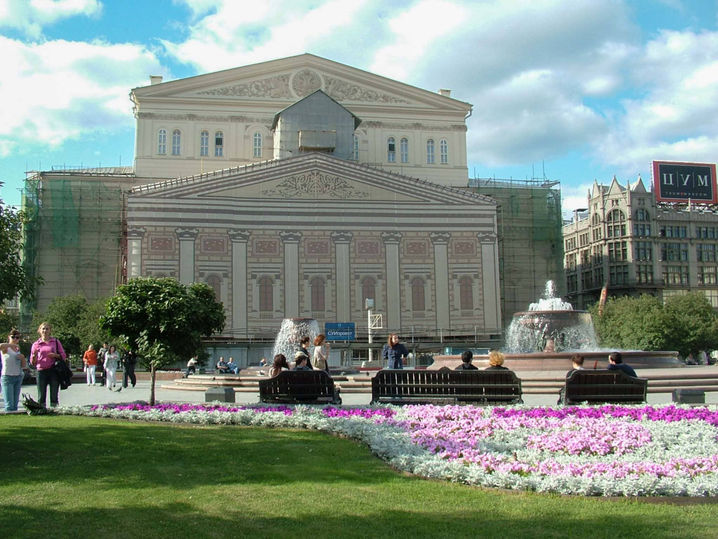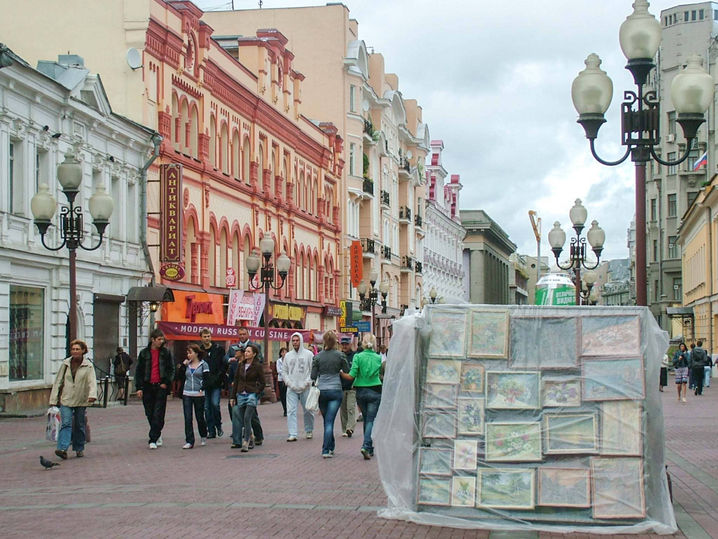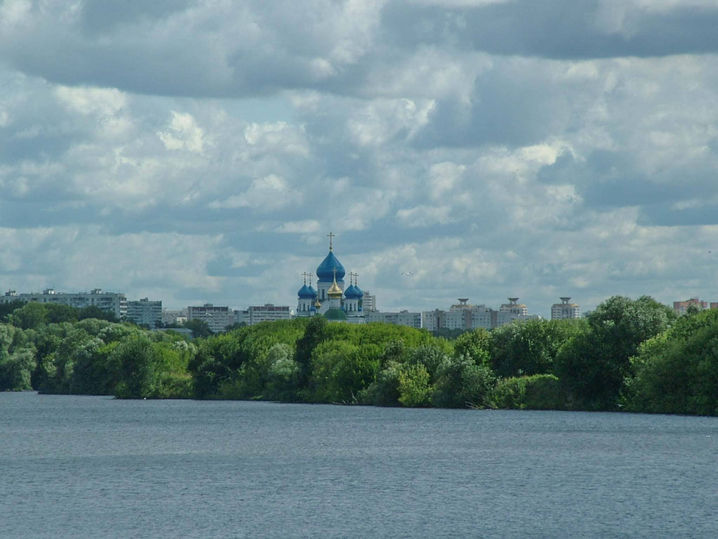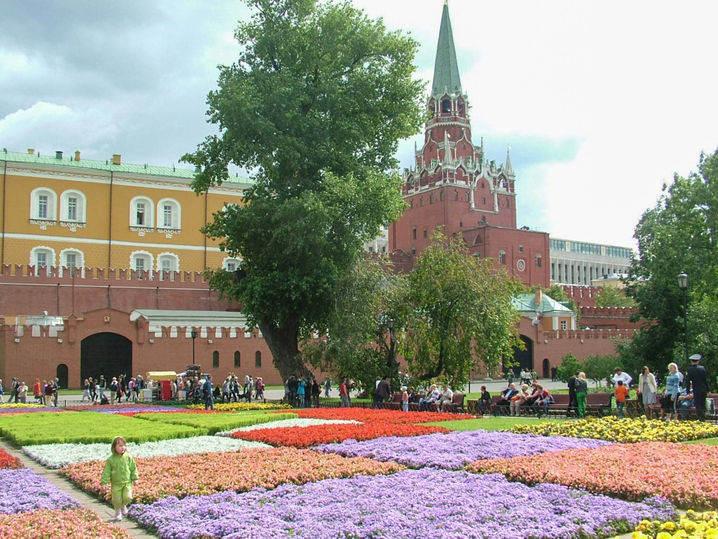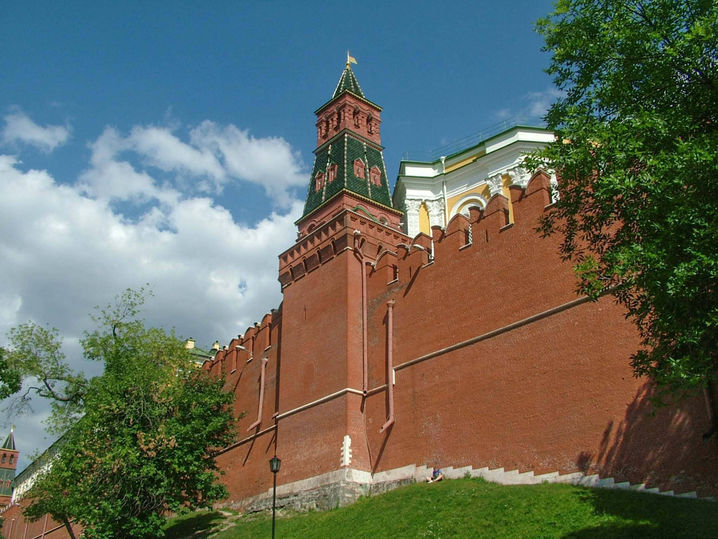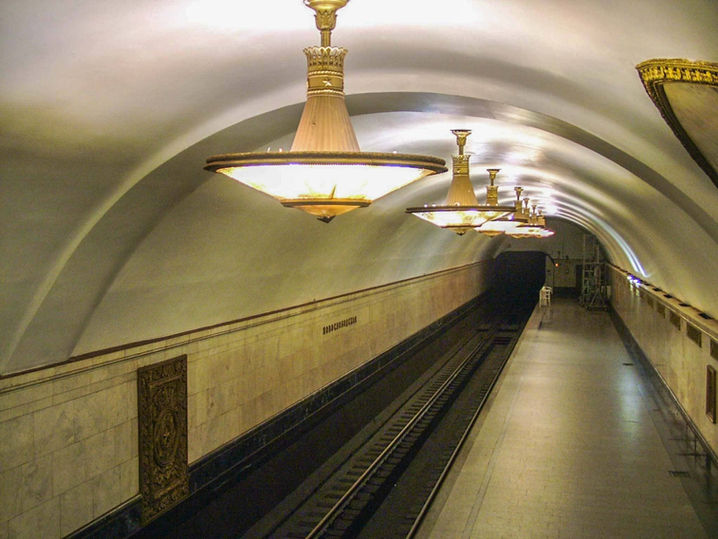Impressions of Moscow, Russia
There is hardly a comparison possible between Moscow and that other great Russian city, Saint Petersburg. Moscow certainly does not have half the charm of the canals and the grand Baroque and neoclassical palaces of the tsars' capital. Peter the Great, the quintessential personification of 300 years of Romanov Tsarist rule, took the capital function away from Moscow, preferring Saint Petersburg, the Communist revolution of the Bolsheviks brought it back to Moscow.
The Russian nation grew from 'Kievan Rus', the first unified East Slavic state of the 9th century, which had inherited Orthodox Christianity from Byzantium. This entire process of genesis centred around the Grand Principality of Vladimir, subsequently developing into the Grand Principality of Muscovy. Saint Petersburg acquired the leading role in Russia on the behest of its founder Peter the Great, but by then Moscow had already been shaping Russian identity and history since centuries. It took a Bolshevik revolution to bring the capital role back to its origins, to Moscow. And that was in a way an envenomed present, because it also implied the immense loss of Muscovite cultural heritage. Centuries old churches and convents, aristocratic mansions, all destroyed by the blind fury of Bolshevik 'anti ideology': anti religion, anti-individual prosperity, anti-elite, … Moscow is therefore nothing less than confrontational, especially also because after those shocks of the more distant past, here in Moscow one also feels much more acutely the shock of the USSR's implosion in 1991. Again, Moscow was indeed the place where the effects have been more directly in view, where the monumental material traces of past Soviet prowess and glory have remained the most visibly, tangibly and eerily behind in the urban landscape. Confrontational Moscow, and therefore also such an interesting city to explore, hopefully some day again, ... political context permitting and morally justifying...
Before visiting the place of your choice:
Moscow was in those days not the capital of Russia, but it was still against Moscow that Napoleon directed the invasion of his 'Grande Armée in 1812. He occupied Moscow for about a month, just before winter, and then retreated with troops unprepared for winter. But before leaving Moscow, he ordered the Kremlin to be blown up. Mainly the Arsenal was destroyed, the rest remained quite unharmed. The arsenal has been reconstructed later. Near it now stands the 890 mm cannon which, however impressive it is, has never fired a single shot since its casting in 1586. It's a bit like the 'Tsar Bell', cast with Baroque relief decorations in 1734 on orders of Empress Anna, more than 200 tonnes heavy and 6.6 metres in diameter; but it has never been rung. Three years after casting a fire broke out and while extinguishing the flames with water, the bell cracked and an 11 tonnes piece broke off. Napoleon thought of taking the bell along to Paris, but it was too heavy and, actually, he was also too much in a hurry to run off.

© 2020.Created by Marc Van den Reeck with Wix.com
